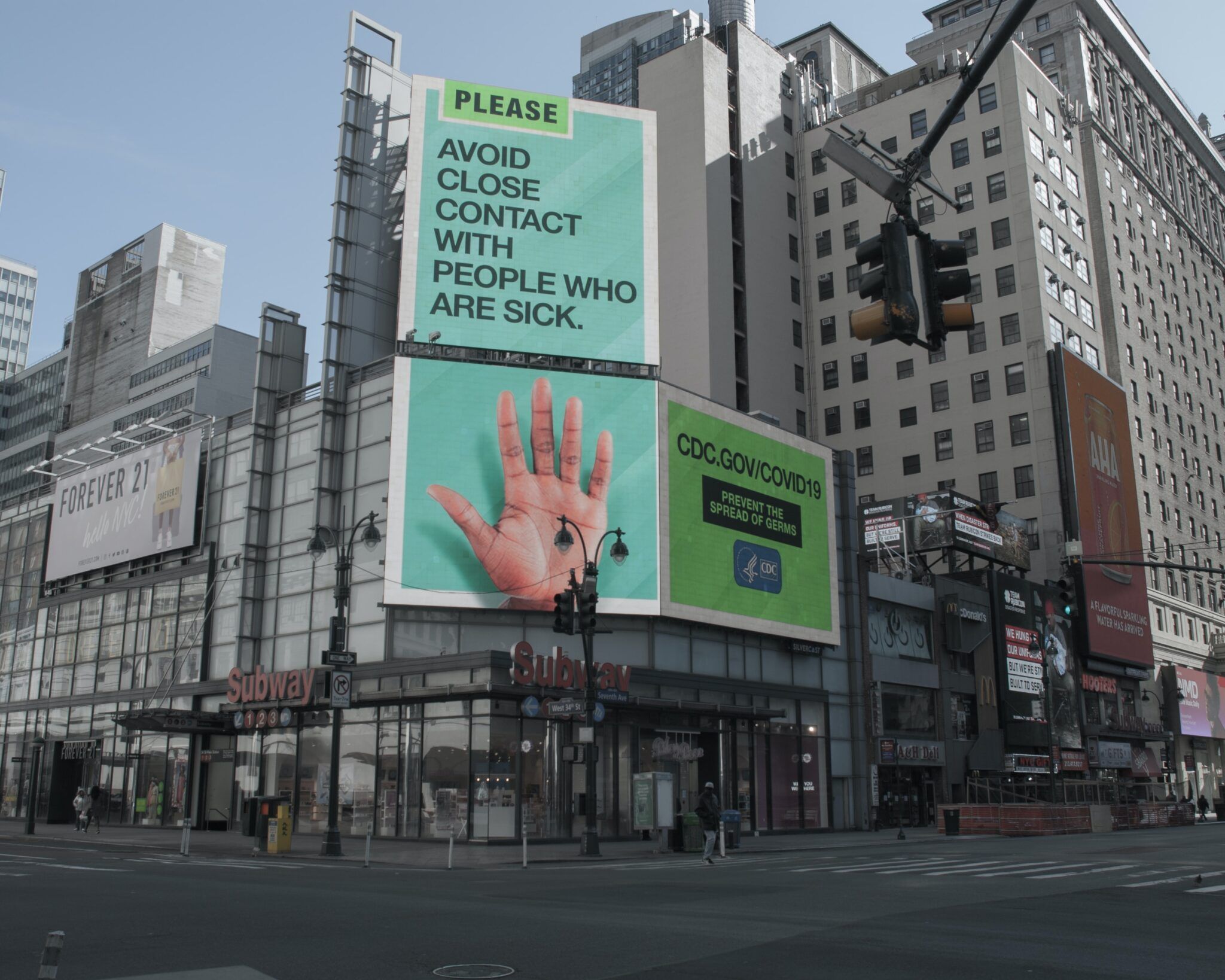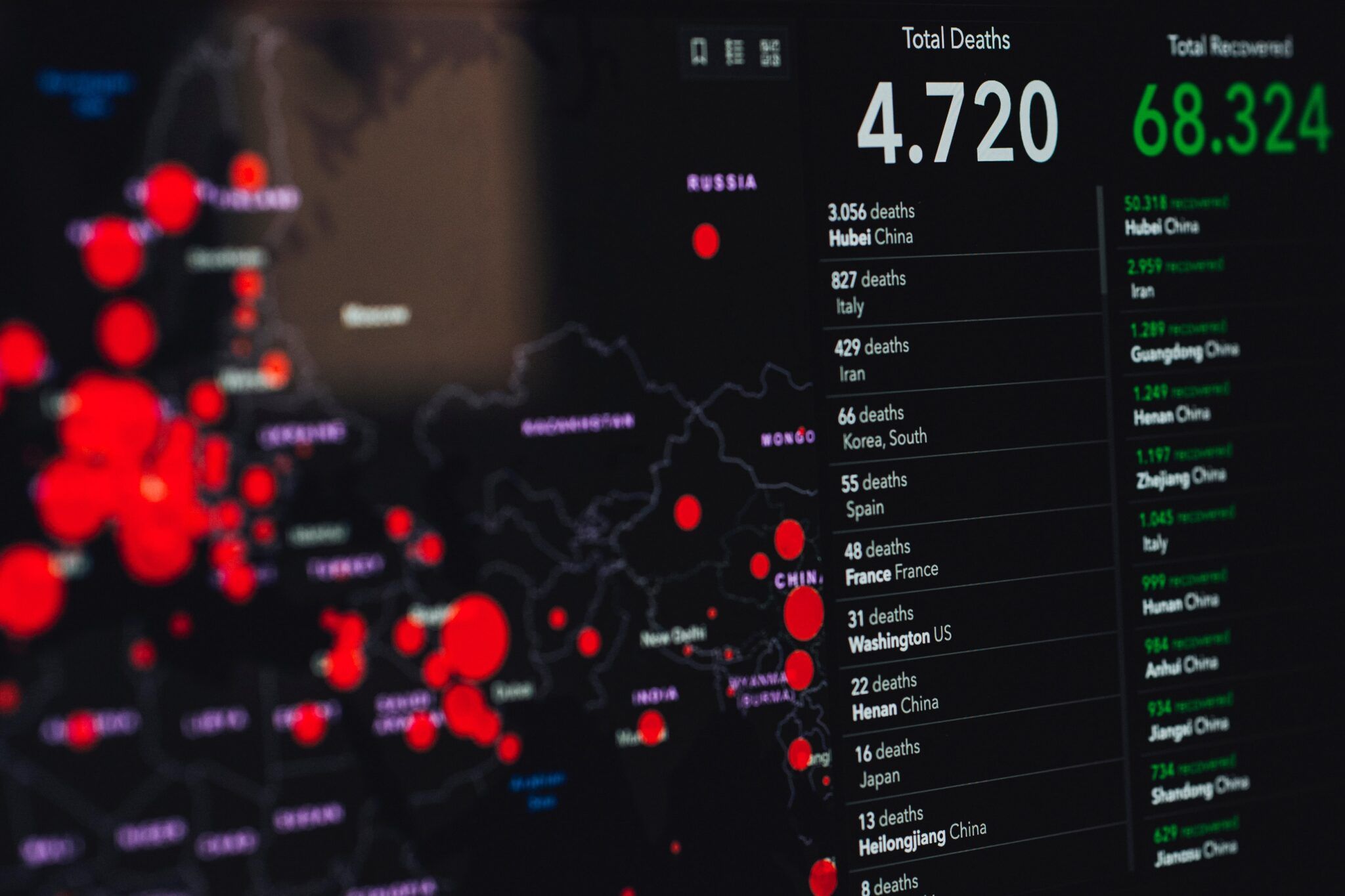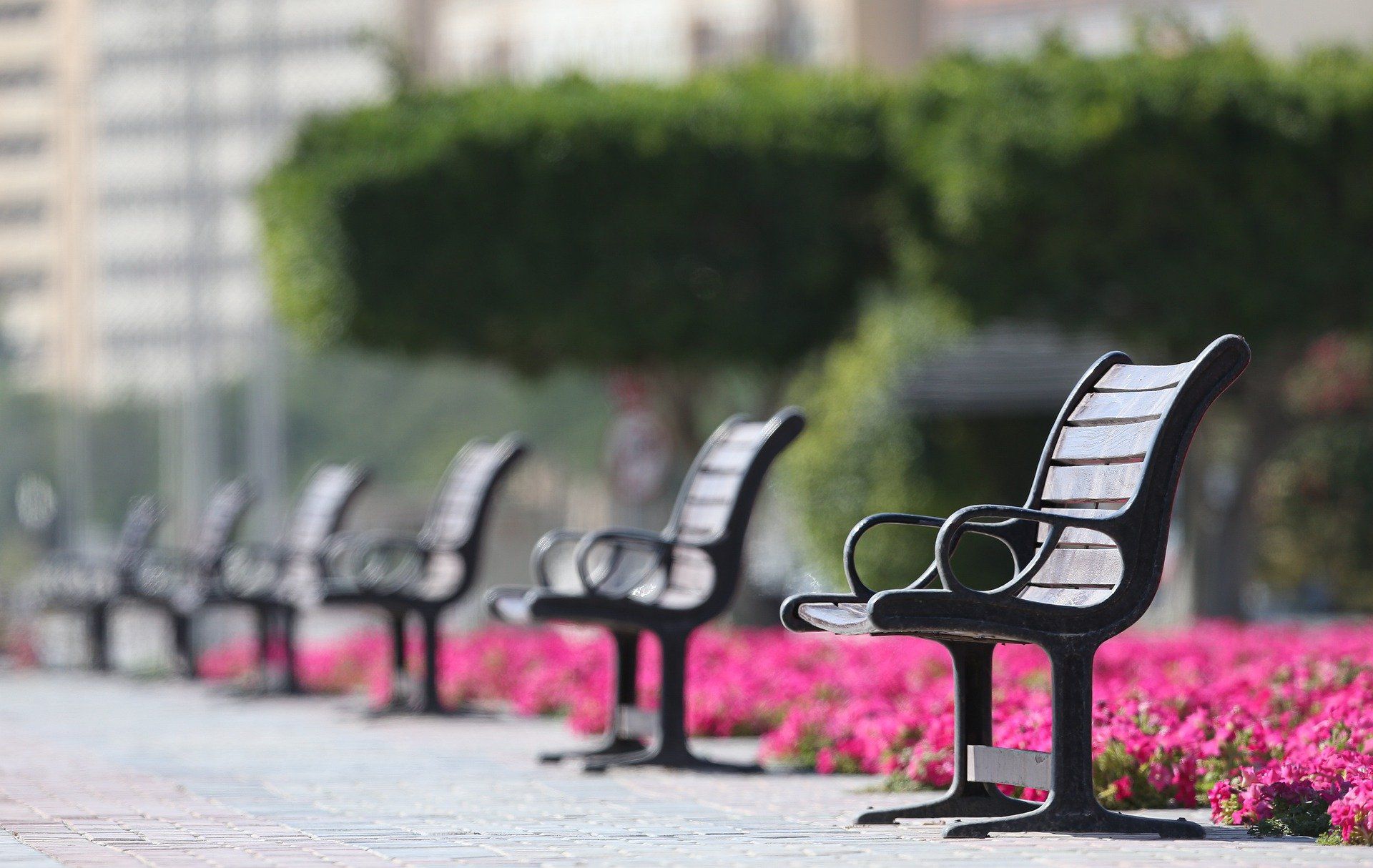COVID-19 is Showing How Smart Cities Protect Citizens
I feel like there is a before COVID and an after COVID with citizens’ feelings for Smart City technology. Now there is an election tomorrow in the United States that will probably dictate how this all moves forward and after 2016, I’ve learned to not predict anything when it comes to the current president. But, outside that huge elephant in the background, Smart City concepts have been thrust into the spotlight.
 Photo by Michael Walter on Unsplash
Photo by Michael Walter on Unsplash
Most cities have sent their non-essential workers home, so IoT and other feeds to their work dashboards have become critical to their success. The data collection and analysis of the pulse of a city is now so important that traditional field collection tools have become outdated.
Even how cities engage with their citizens has changed. Before COVID, here in Scottsdale, you needed to head to a library to get a library card in person. But since COVID restrictions, the city has allowed library card applications in person which is a huge change. The core structure of city digital infrastructure has to change to manage this new need. Not only engaging citizens deeper with technology but need to ensure those who don’t have access to the internet or even a computer are represented. I’ve seen much better smartphone access on websites over the summer and this will continue.

Even moving from a public space to a digital space for city council meetings has implications. The physicality of citizens before their elected leaders is a check on their power, but being a small zoom box in a monitor of zoom boxes puts citizens in a corner. Much will have to be developed to have a way for those who don’t wish to be in person be represented as well as those who choose to attend meetings in person.
COVID has also broken down barriers to sharing data. The imagined dashboard where Police, Fire, Parks & Rec, City Council, and other stakeholders have come to fruition. The single pane of glass where decision-makers can get together to run the city remotely is only going to improve now that the value has been shown.
Lastly, ignoring the possible election tomorrow, contact tracing, and other methods of monitoring citizens as they go around the city has changed mostly how people feel. Before COVID, the idea that a city could track them even anonymously scared the daylights out of people. But today we are starting to see the value in anonymous tracking so that not only we see who has been in contact with each other but how they interact in a city with social distancing restrictions.

Future planning of cities is changing and accelerated because of COVID. The outcome of this pandemic will result in cities that are more resilient, better managed, planned for social distancing, and are working toward carbon neutral environments. In the despair of this unprecedented pandemic, we see humanity coming together to create a better future for our cities and our planet.